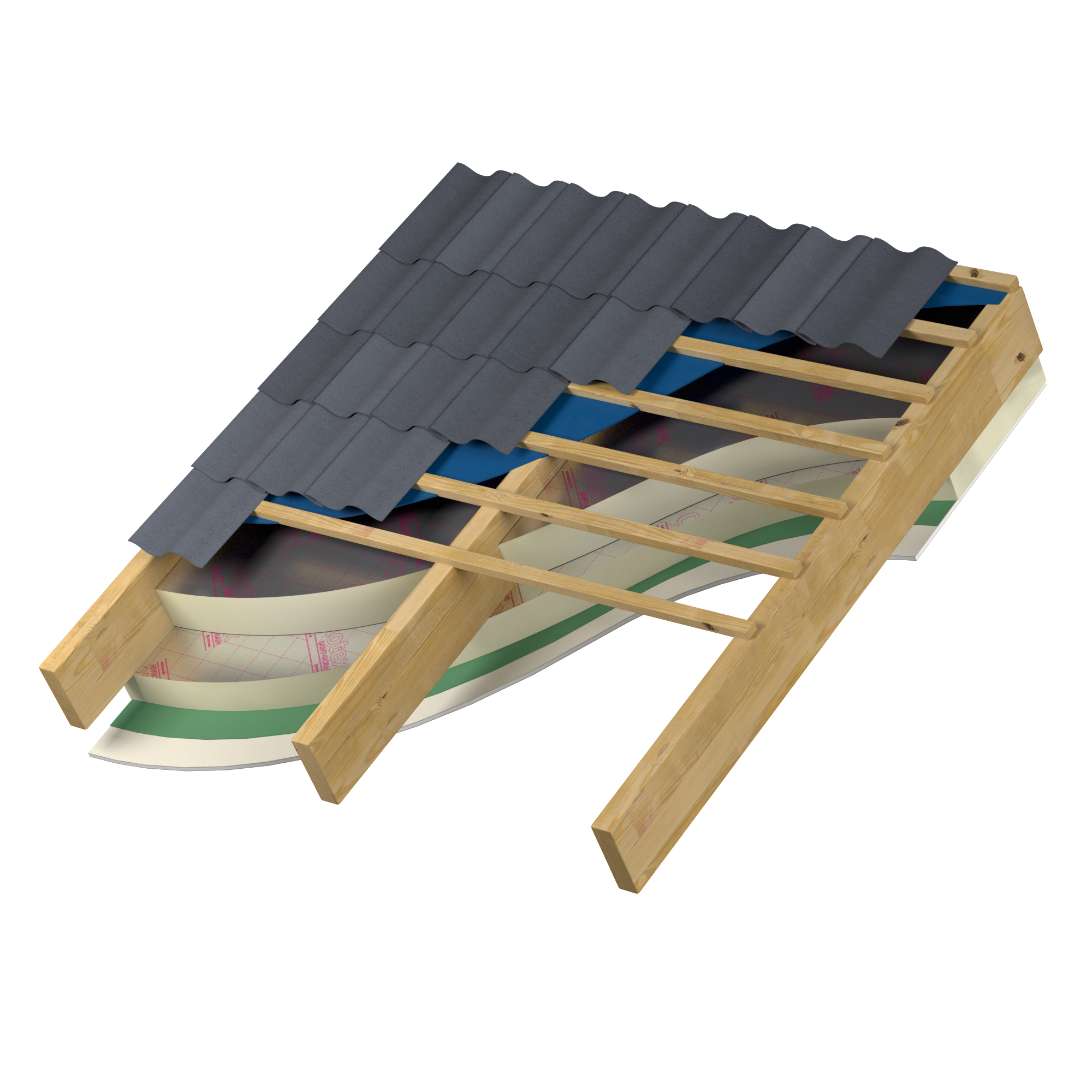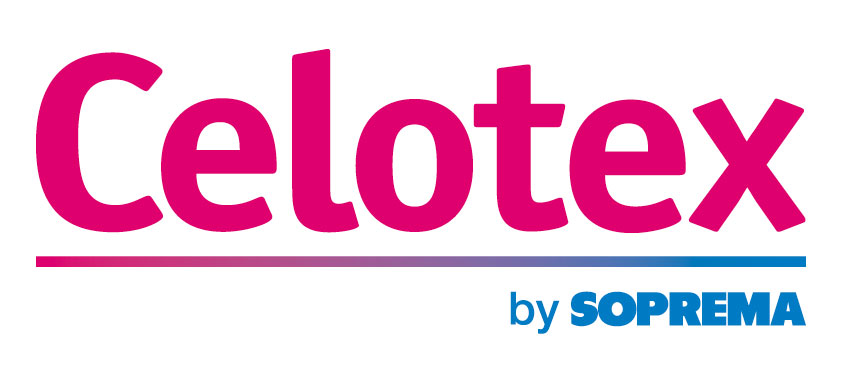Insulation for Between and Under Rafters

For illustrative purposes only
U-value Calculator
Start your U-value calculationArguably the most popular pitched roof solution, installing insulation between and under the rafters uses the depth of the structural timbers to best effect. Its versatility is the key to its popularity, whether being used to achieve:
- an efficient room-in-a-roof in a new-build property where over-rafter insulation is not desirable
- a refurbishment of an existing roof with head room to spare below the ceiling, or
- a project converting a loft space into a room in the roof
It allows insulation to be installed in a watertight roof, either after the roof covering has been fixed on a new build, or without disturbing an otherwise sound existing roof covering as part of a renovation.
Modern U-value targets mean installing insulation between rafters only is rarely a viable option. Using a thermally efficient material to get the maximum benefit from as much of the rafter depth as possible means the under-rafter insulation layer can be kept to a minimum, making installation easier.
Rigid polyisocyanurate (PIR) foam insulation boards (such as Celotex XR4000 and GA4000) are among the most thermally efficient commonly available insulation materials on the market. Depending on the specifics of the roof, it may be possible to fully fill the rafter depth or, in most cases, leave a 25mm or 50mm air gap between the top face of the insulation and the sarking membrane.
The level of thermal performance required then dictates the thickness of insulation required below the rafters - usually anything from 25mm to 65mm of PIR foam. That can be a general application board (Celotex TB4000 and GA4000 can be considered) followed by a separate plasterboard. Alternatively, using a thermal laminate featuring rigid PIR insulation pre-bonded to a plasterboard (such as Celotex PL4000) means fitting the insulation and ceiling lining in one operation, reducing storage, cutting and fixing.
Key Considerations
When using Celotex products, you need to satisfy yourself that use of the product meets all relevant national Building Regulations and guidance as well as local, national and other applicable standards relevant for your construction or application, including requirements in relation to fire and applicable height restrictions. In addition to the product datasheet, please refer to the following product documents:
- BBA certificates - where applicable to the application
- Declarations of Performance
- Health & safety datasheets
The building detail is for illustrative purposes only. It does not constitute advice and should not be relied upon.
Insulation products
| Product Name | Thickness Range | Sizes | Lambda |
|---|---|---|---|
| Celotex GA4000 | 50-100mm | Width 1200mm, Length 2400mm | 0.022 |
| Celotex PL4000 | 25-65mm (+12.5mm Plasterboard) | Width 1200mm, Length 2400mm | 0.022 |
| Celotex TB4000 | 20-40mm | Width 1200mm, Length 2400mm | 0.022 |
| Celotex XR4000 | 110-200mm | Width 1200mm, Length 2400mm | 0.022 |
